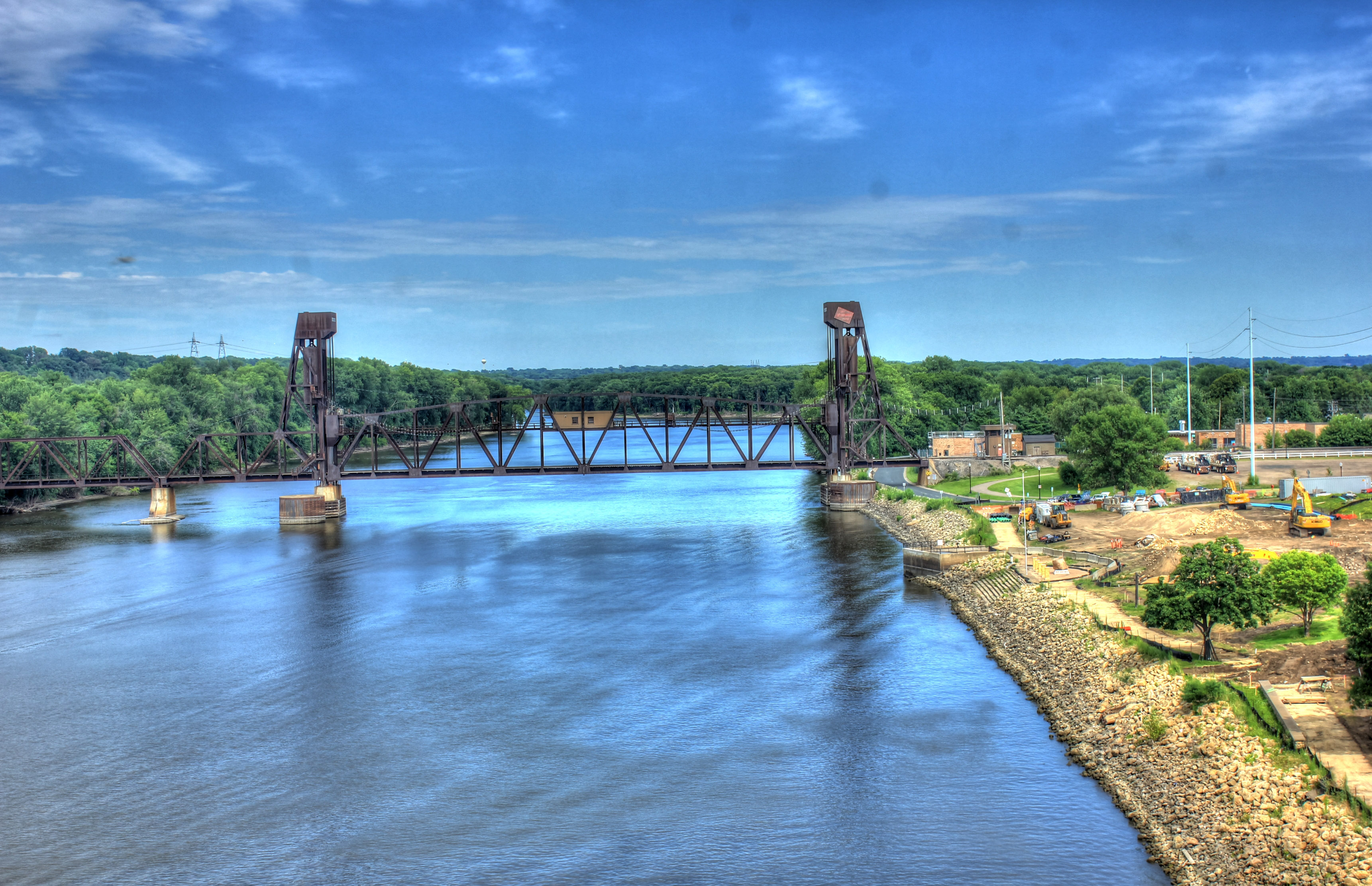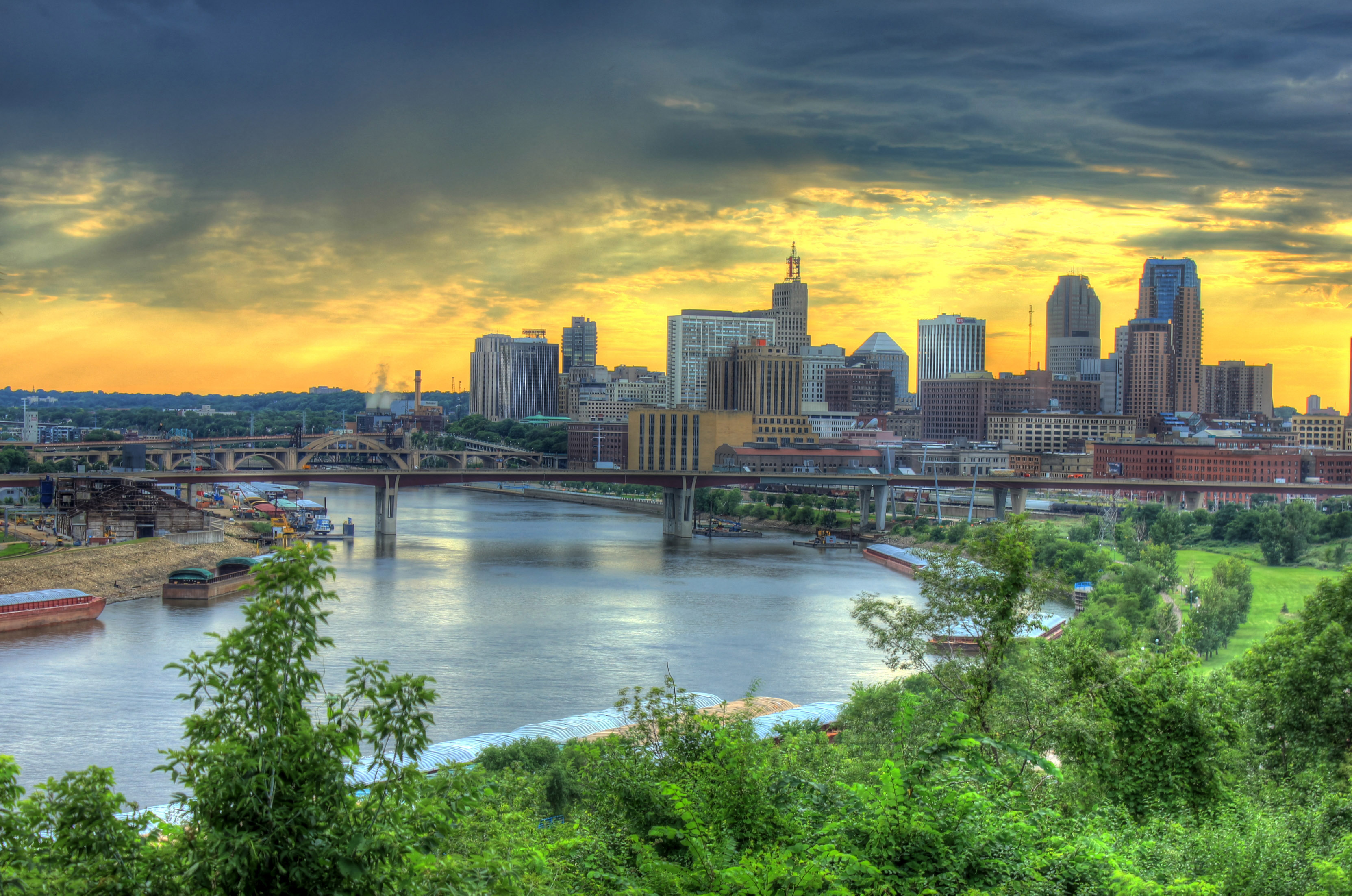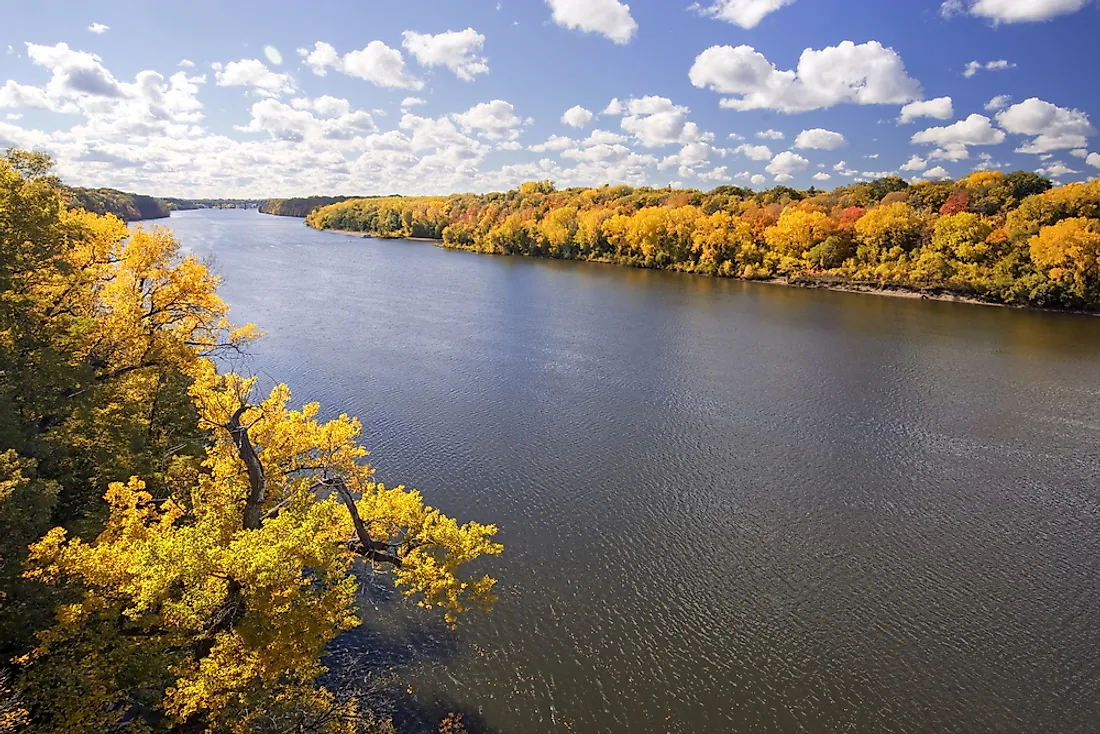Minnesota River’s Impact on Local Communities

The Minnesota River, flowing through the heart of the Midwest, has played a pivotal role in shaping the lives of the communities along its banks. Its significance extends beyond its geographical presence, deeply intertwined with the region’s history, culture, and economy.
The Minnesota River, a majestic waterway that meanders through the heart of Minnesota, weaves a tapestry of life and history. Its tranquil waters, fed by countless tributaries, have borne witness to the passage of time and the rise and fall of civilizations.
Discover the Minnesota River , a vibrant lifeline that connects the past, present, and future.
Historically, the river served as a vital transportation route for Native American tribes, facilitating trade and cultural exchange. European settlers later recognized its potential, using it to transport goods and establish towns and cities. The river’s fertile floodplains attracted farmers, who cultivated the rich soil to sustain growing populations.
The Minnesota River, a significant tributary of the Mississippi River, meanders through the heartland of Minnesota. Along its course, the river encounters the Rapidan Dam, a historic structure that impounds the river’s flow. Curious explorers seeking the exact location of this dam can find further information by following this link.
The Minnesota River continues its journey downstream, eventually merging with the mighty Mississippi, shaping the landscape and history of the region.
Economic Benefits
Today, the Minnesota River continues to provide economic benefits to local communities. Its waters support irrigation systems that nourish agricultural lands, contributing to the region’s agricultural productivity. The river also attracts recreational enthusiasts, who enjoy fishing, boating, and other water-based activities, boosting tourism and generating revenue.
The Minnesota River, a tranquil waterway that meanders through the heartland, has faced its share of challenges. One such event was the devastating dam failure in Minnesota , a sobering reminder of the destructive power of nature. Despite these setbacks, the Minnesota River continues to flow, carrying with it the stories and resilience of the people who call its banks home.
Challenges
Despite its benefits, the river also poses challenges. Flooding, particularly during heavy rainfall, can damage infrastructure and disrupt livelihoods. Additionally, pollution from agricultural runoff and industrial discharges can degrade water quality, affecting aquatic ecosystems and recreational activities.
Environmental Considerations and the Minnesota River

The Minnesota River is a vital part of the regional ecosystem, providing habitat for a diverse range of plant and animal life. However, the river’s water quality has been declining in recent years due to agricultural runoff, industrial pollution, and urban development. Efforts are underway to address these challenges and restore the river’s health.
Impact of Climate Change
Climate change is also having a significant impact on the Minnesota River. Rising temperatures are causing the river to warm, which can harm fish and other aquatic life. Increased precipitation is also leading to more flooding, which can damage infrastructure and pollute the river.
- Rising temperatures are causing the river to warm, which can harm fish and other aquatic life.
- Increased precipitation is also leading to more flooding, which can damage infrastructure and pollute the river.
Recreational Opportunities on the Minnesota River

The Minnesota River offers a wide range of recreational opportunities for locals and visitors alike. From fishing and boating to hiking and biking, there’s something for everyone to enjoy. Many of these activities are accessible from public parks and boat launches along the river, making it easy to get out and explore.
Fishing
The Minnesota River is home to a variety of fish species, including walleye, bass, northern pike, and catfish. Fishing is a popular activity along the river, and there are many public fishing spots available. Some of the most popular fishing spots include the Minnesota River Bottoms, the Carver Rapids, and the Shakopee Dam.
Boating
Boating is another popular activity on the Minnesota River. The river is navigable for small boats, and there are several public boat launches along the river. Boating is a great way to explore the river and see the scenery. It’s also a great way to fish or go for a swim.
Hiking and Biking
There are several hiking and biking trails along the Minnesota River. These trails offer a great way to get some exercise and enjoy the scenery. Some of the most popular trails include the Minnesota River Trail, the Carver Rapids Trail, and the Shakopee Dam Trail.
Camping, Minnesota river
There are several campgrounds located along the Minnesota River. Camping is a great way to spend a night or two under the stars. It’s also a great way to get away from the hustle and bustle of everyday life.
Meandering through the heart of Minnesota, the Minnesota River whispers tales of its past. Its journey leads us to a question: where is the Rapidan Dam? A quick detour to where is rapidan dam reveals its location along the river’s path.
As we return to the river’s embrace, its waters continue their rhythmic flow, carrying the secrets of time and the echoes of the past.
The Minnesota River, a meandering ribbon of azure, bears witness to a tumultuous past. In 1965, the Rapidan Dam break unleashed a torrent of water, reshaping its banks and forever etching a scar upon its tranquil flow. Yet, time heals all wounds, and the river has once again found its rhythm, its waters whispering tales of both devastation and resilience.